Explanation 1: “Light up”
Generally speaking, the phenomenon of “lighting up” refers to the phenomenon of “homochromatic metamerism”:
Two color samples (one standard and one comparison sample) appear to be of equal color (no color difference or small color difference) under one light source (such as D65), while they exhibit significant color difference under another light source (such as A), which is called the “homochromatic metamerism” phenomenon
For this situation, we can describe it as’ lighting up '. That is to say, whether the sample can be matched with the standard sample for color matching depends on selecting a specific light source.
The fundamental reason is that the two samples have different reflections of light (reflection spectrum curves or visible band reflectivity), so it is called “Metamerism”.
The reasons for the “abnormal spectrum” include:
A. A composición dos pigmentos empregados para a tinguidura é diferente;
B. Diferentes métodos de procesamento, etc.
Explanation 2: “Jumping lights”
In fact, when we talk about “Tao light” in daily life, besides the above meaning, there is another layer of meaning:
It refers to the situation where a single color sample undergoes dramatic color changes under different light sources. At this point, it can be described by “jumping the light”.
So, “jumping the light” can also be said to be a sample.
Por exemplo, o enxeñeiro de tinguiduras da CIBA diría ao recomendar a tinguidura CIBA DEEP RED: Esta tinguidura non salta ao vermello coa luz A.
(O autor entende o que quere dicir que, aínda que unha fonte de luz contén unha gran cantidade de luz vermella e amarela, o colorante CIBA DEEP RED non se sentirá moito máis vermello que baixo unha fonte de luz D65).
Post time: Mai . 10, 2023 00:00


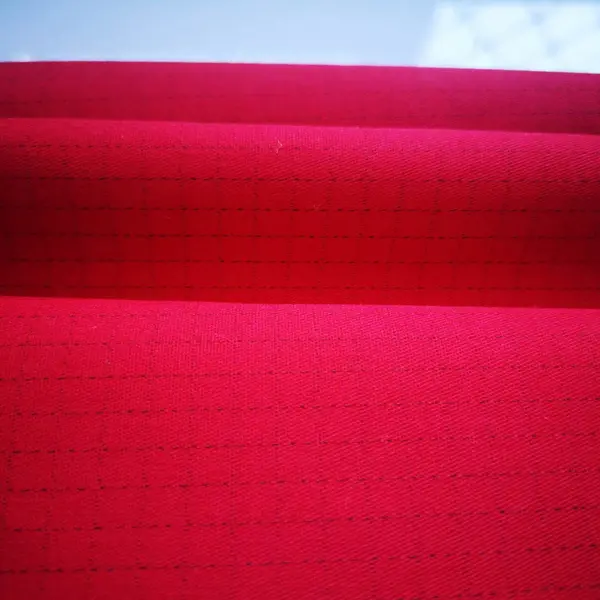


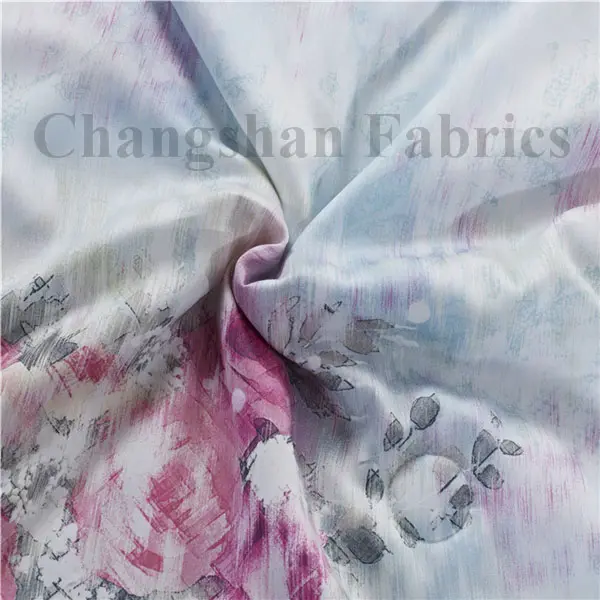


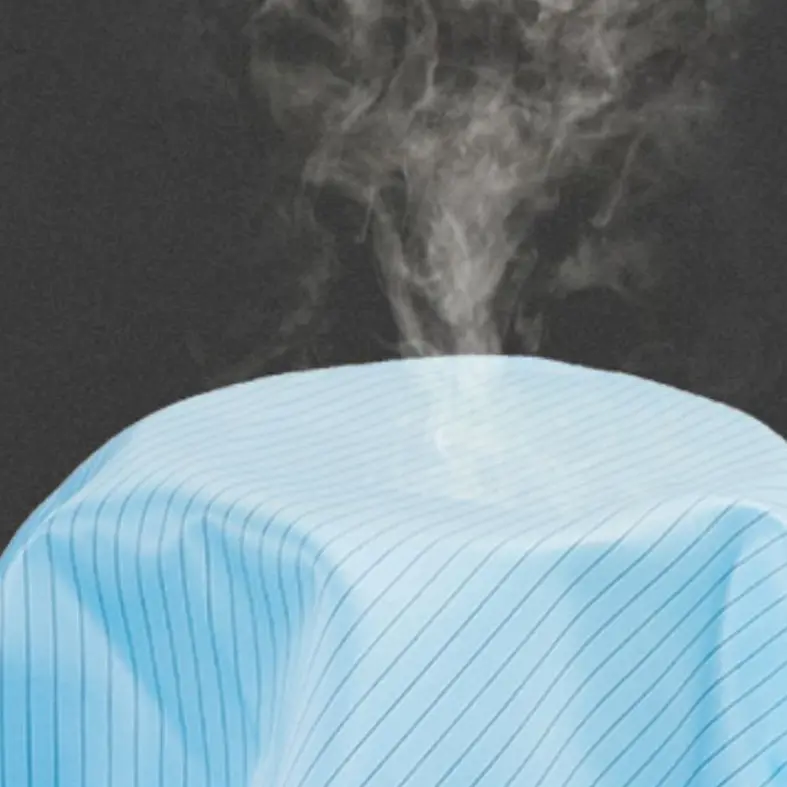


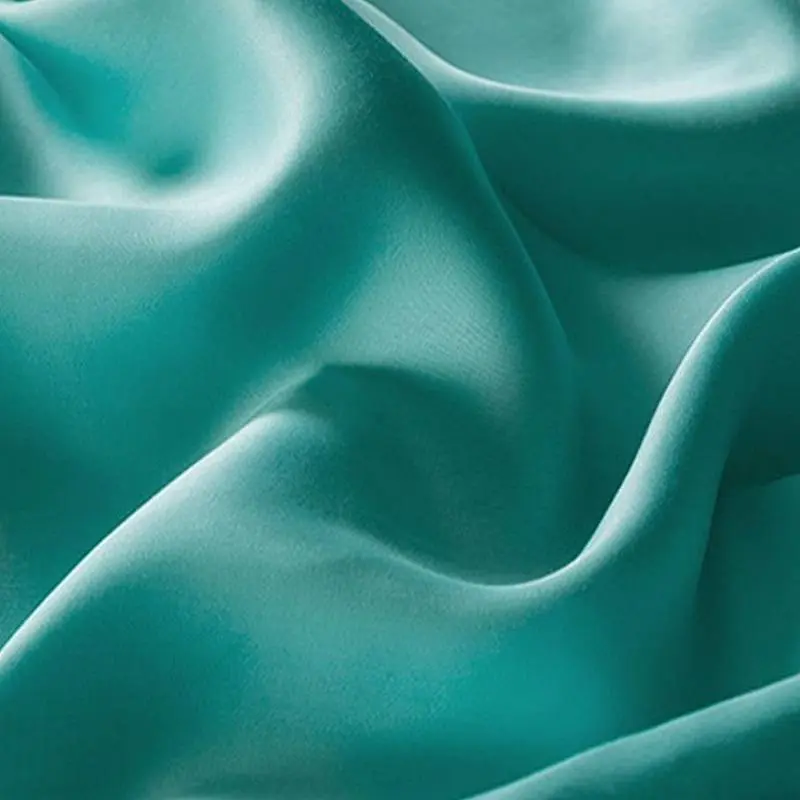
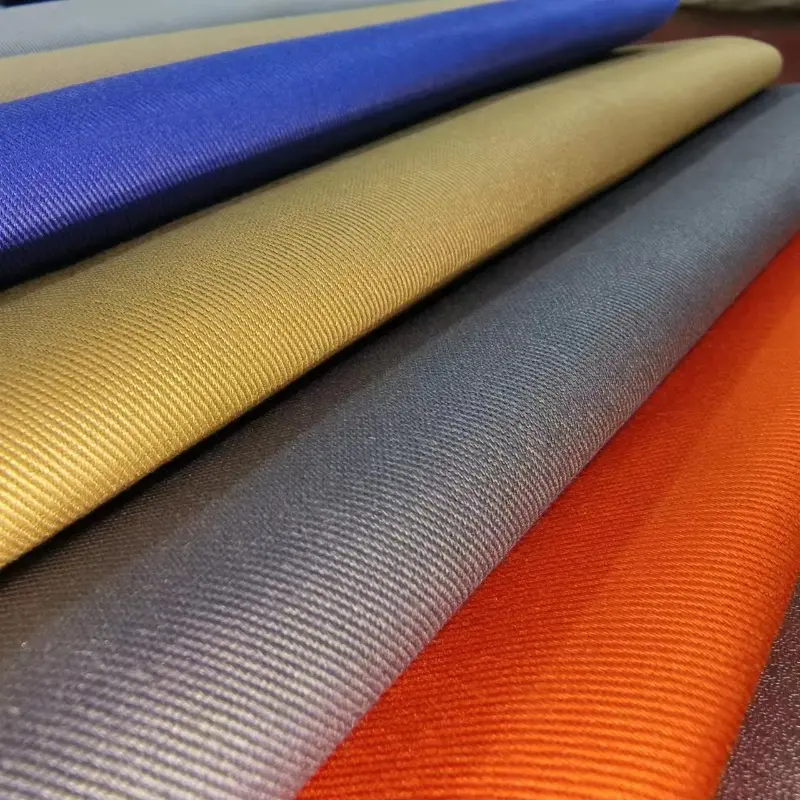



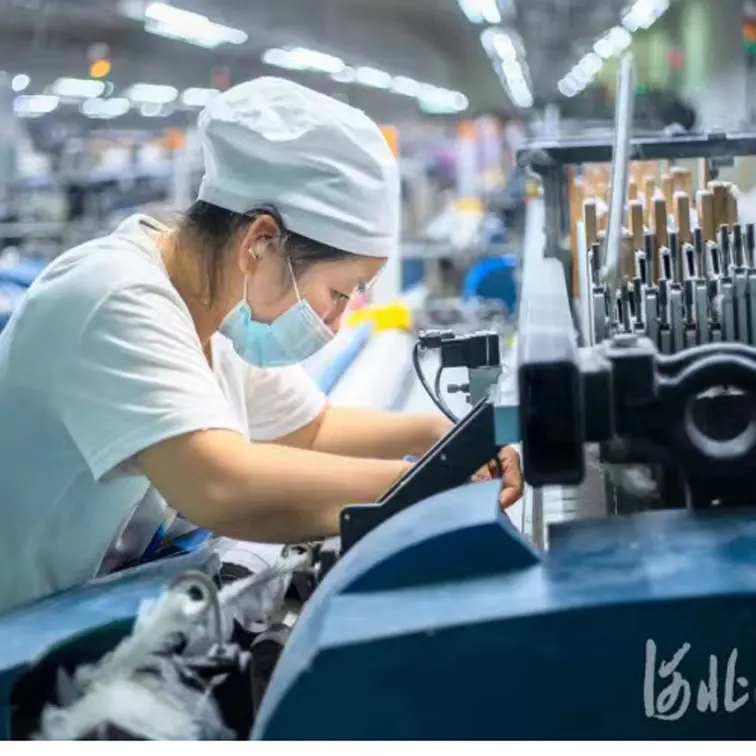
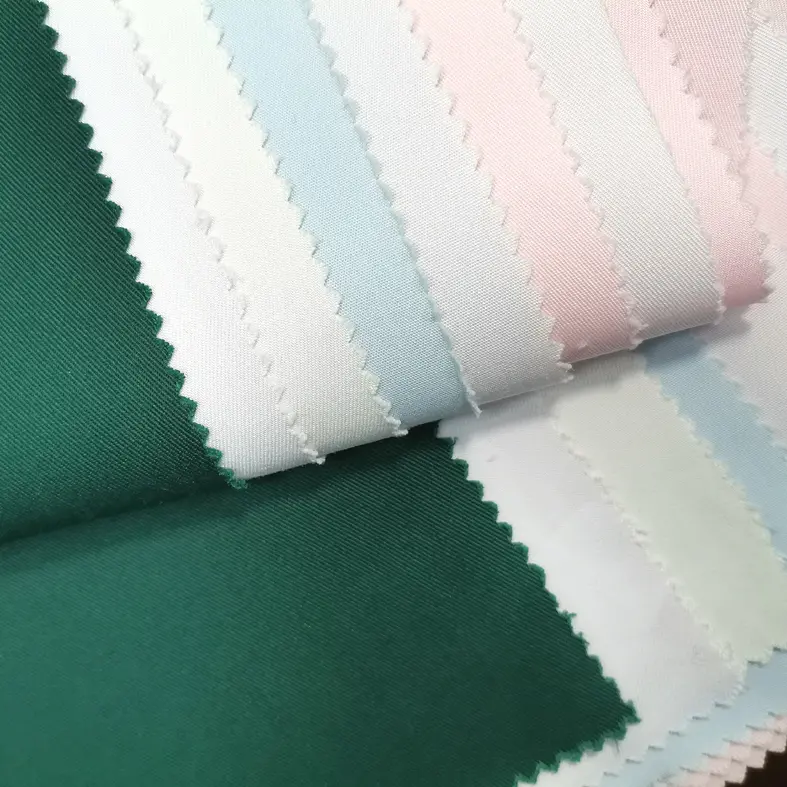
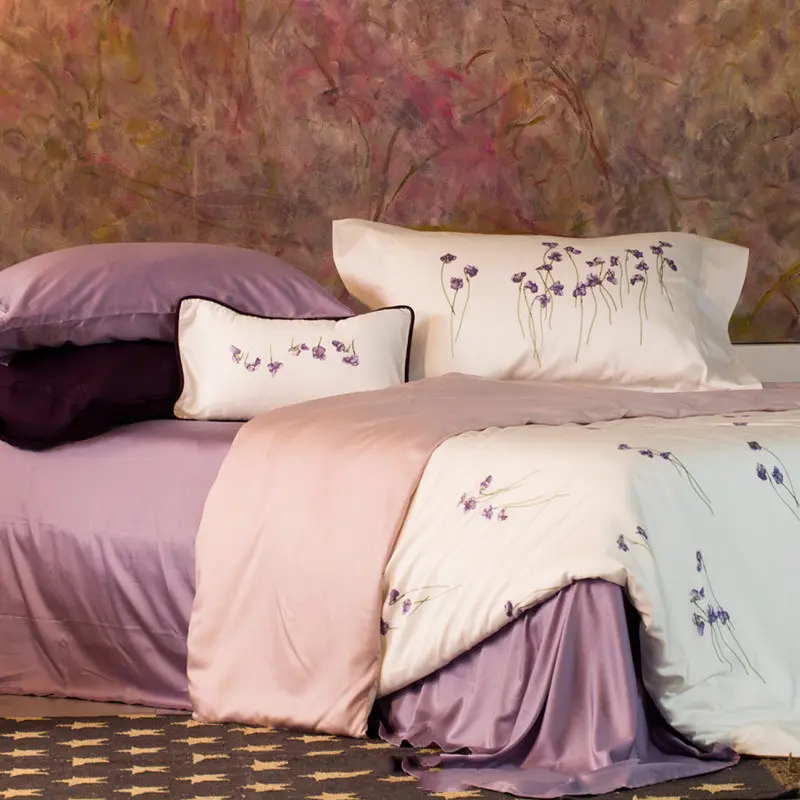
 Respectuoso coa pel
Respectuoso coa pel Versátil
Versátil Duradeiro
Duradeiro Asegurado
Asegurado
